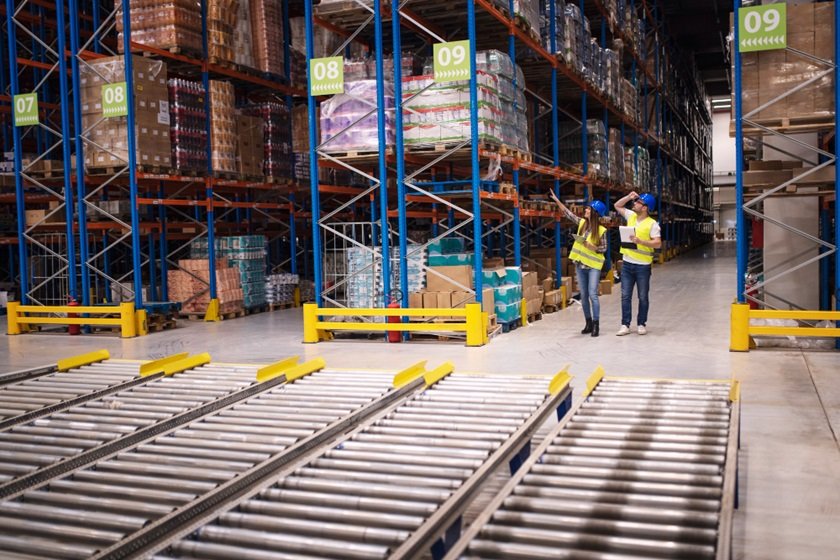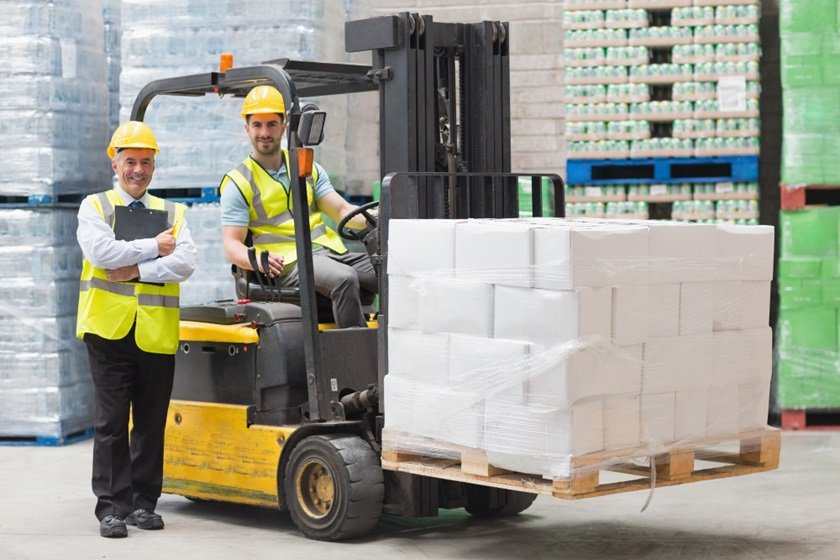Choosing the right material for material handling is essential to ensure efficiency, safety, and cost-effectiveness in various industrial applications. The selection process involves considering factors such as the type of materials being handled, the environment in which handling occurs, equipment compatibility, and budgetary constraints. Here are some steps to help you choose the right material for your material handling needs:
1. Understand Material Properties:
- Begin by thoroughly understanding the properties of the materials being handled, including their weight, size, shape, and fragility. Different materials may require different handling methods and equipment to ensure safe and efficient transportation.
2. Assess Handling Environment:
- Evaluate the environment in which material handling will take place, including factors such as temperature, humidity, cleanliness requirements, and potential hazards (e.g., corrosive substances, sharp edges). Choose materials that can withstand the environmental conditions and minimize the risk of damage to both the material being handled and the handling equipment.
3. Consider Equipment Compatibility:
- Ensure that the material chosen is compatible with the equipment and machinery used for handling. For example, materials that are too abrasive may cause premature wear on conveyor belts or pallets, while materials that are too heavy may exceed the load capacity of lifting equipment. Select materials that work well with existing handling equipment or invest in equipment that is specifically designed to handle the chosen material.
4. Evaluate Ergonomics and Worker Safety:
- Prioritize worker safety and ergonomics when selecting material handling materials. Choose materials that are easy to grip, lift, and maneuver to minimize the risk of musculoskeletal injuries among workers. Additionally, consider factors such as vibration damping and noise reduction to create a safer and more comfortable working environment.
5. Assess Cost and Sustainability:
- Consider the cost-effectiveness and sustainability of the material chosen for material handling. While initial costs may be a consideration, it’s important to weigh the long-term benefits of durability, recyclability, and environmental impact. Choose materials that offer the best balance of performance, longevity, and cost-effectiveness over the lifecycle of the handling operation.
6. Seek Input from Suppliers and Industry Experts:
- Consult with material suppliers, equipment manufacturers, and industry experts to gain insights into the most suitable materials for your specific handling needs. They can provide valuable guidance and recommendations based on their expertise and experience in the field.
7. Test and Evaluate:
- Before making a final decision, consider conducting tests or pilot programs to evaluate the performance of different materials in real-world handling scenarios. This can help identify any potential issues or challenges and ensure that the chosen material meets the requirements of the application effectively.
By following these steps and considering factors such as material properties, handling environment, equipment compatibility, worker safety, cost, and sustainability, you can make informed decisions when choosing the right material for your material handling needs. Investing time and effort in selecting the appropriate material upfront can lead to improved efficiency, safety, and productivity in your material handling operations.




